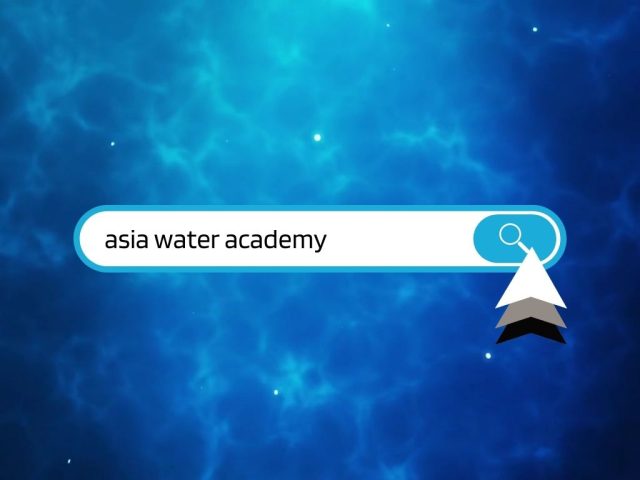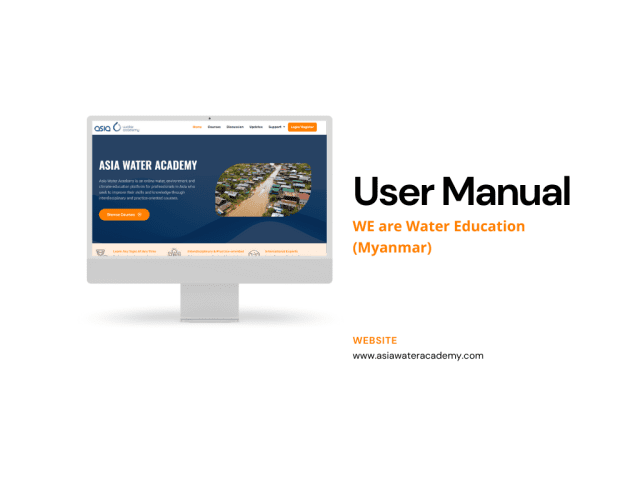Introduction
Water is an important contributor to a sustainable and resilient sector. Water planning is an evolving and collaborative process that actively involves multiple stakeholders from different sectors. It aims to allocate rights to water for consumption purposes, water provision to the environment and provide a clear basis for developing implementation and operational solutions.
The process for water systems is carried out on a regular basis as information increases and communities and industries become more sophisticated in their understanding of water use patterns. Each new iteration of a water plan builds on knowledge of previous plans and the experiences of the communities and industries that implemented them. There is a great opportunity to increase the system administration base with new knowledge and in-depth experience such as,
- Water engineering
- Urban water management
- Water and energy
- Environmental management
- Environmental Impact assessment
Water Engineering
Water is the primary means of making us feel the effects of climate change, and it is critical to ensure access to sustainable water and sanitation services. Safeguarding, improving water resources, protecting people from flooding and water scarcity are one of the important challenges we face today. Water engineering mainly focuses on water-based projects such as water treatment, wastewater or infrastructure development. In Water Engineering, challenges become opportunities for water engineers to build innovative and climate-resilient systems.
Urban Water Management
Urban water management takes into account the total water cycle and facilitates the integration of water factors such as drainage system, wastewater treatment and sludge handling into early land planning processes. Urban water refers to all of the water that occurs in the urban environment and includes natural surface water and groundwater, water provided for potable use, sewage and other wastewater, rainwater, flood services, water recycling (pipeline, water harvesting, rain, waste mining). An average urban water system consists of underground piped networks which could provide fresh drinking water and remove stormwater along with wastewater. Water from the original site was transported to the treatment facilities, wastewater collection (sewer) and an urban drainage system. Urban Water Management plays an important role in Sustainable Development and creating livable cities. A good drainage infrastructure helps in flood management during heavy rainfall and generates nitrogen-rich wastewater which can also act as other nutrients like phosphorus, organic matter and heat.
Water and Energy
Energy and Water are well connected as water is required directly or indirectly for energy exploration, extraction, production, transmission, and vice versa, a significant amount of energy is required to extract, transport, distribute, collect, treat and end use of water. Hydroelectric power plants hold the key to developing energy infrastructure and resource development from raw material extraction, refining, washing, processing, and cooling of nuclear or thermal power plants. Energy plays a primary role in water management and water infrastructure is also completely dependent on energy at all stages of the value chain, including groundwater extraction, transportation, purification, refining, distribution, collection, management and wastewater treatment.
Environmental management
Environmental management deals with the process of regulating and protecting the health of the planet by promoting human actions that have a positive impact on the natural environment. Environmental management addresses major issues such as global warming, pollution, deforestation, soil erosion, reclamation or depletion of the Earth’s natural resources.
This includes everyone to some extent since all human activities ultimately have some kind of environmental impact. Environmental management is concerned with understanding the structure and functioning of Earth’s systems and how humans relate to the environment. It also includes efforts to explain and control environmental changes, predict future changes, maximize human benefits, and reduce the environmental damage caused by human activities.
Environmental Impact assessment
The United Nations Environment Program (UNEP) defines Environmental Impact Assessment as an environmental decision support tool that provides information about the potential impact of a development project to those making the project approval decision. It aims at estimating environmental impacts at an early stage of project planning and design, finding ways and means to reduce negative impacts, adapting projects to local conditions, and presenting expectations and alternatives to decision-makers. EIA provides environmental and economic benefits, such as reduced cost and time for project implementation and design, avoidance of disposal/cleanup costs, and legal and regulatory impact.
The most common objective of EIA is
- To Identify, anticipate and assess the economic, environmental and social impacts of development activities
- To provide information on the environmental effect on the decision-making process
- To promote sustainable and environmentally friendly development by identifying appropriate alternatives and mitigation measures.
References
- www.sciencedirect.com/topics/earth-and-planetary-sciences/urban-water-management
- www.water.wa.gov.au/urban-water/urban-development/urban-water-management
- www.indeed.com/career-advice/finding-a-job/water-engineering
- www.mygov.scot/eia
- vpa.vic.gov.au/strategy-guidelines/infrastructure/water-planning/
Written by Hnin Wut Yee San, an intern at The Water Agency.





